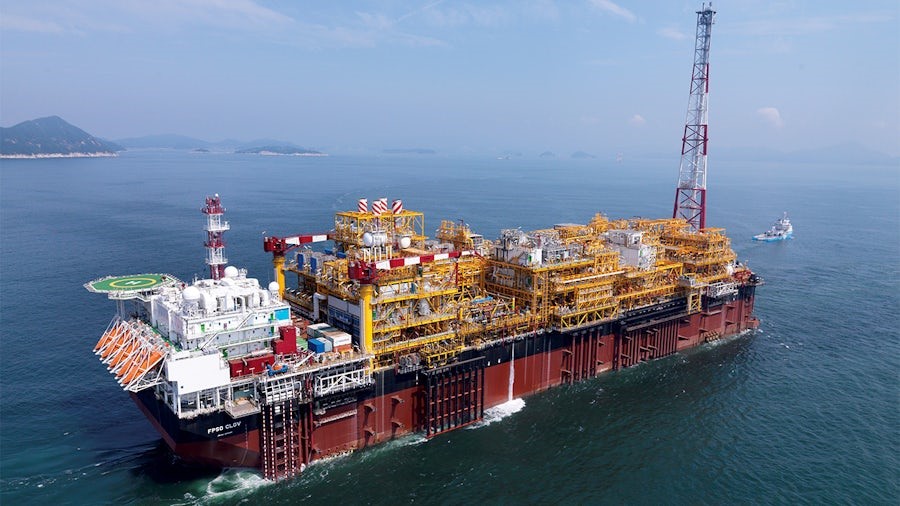Having explored the strategic applications of Siemens Tecnomatix Plant Simulation in our last blog, this post focuses on its tangible impact and measurable benefits. We’ll highlight quantitative improvements, including significant reductions in project timelines, labor costs, and development expenses, alongside increased productivity. Beyond the numbers, we’ll examine the qualitative advantages of enhanced planning accuracy and improved decision-making, reinforced by compelling industry endorsements that validate the transformative power of simulation.
The application of Siemens Tecnomatix Plant Simulation has yielded significant, measurable benefits across industrial sectors, including shipbuilding, resulting in tangible gains in efficiency, cost reduction, and strategic agility.
Quantitative Improvements
Let’s start with the numbers – here are the measurable, data-backed improvements seen through simulation-driven optimization in shipbuilding.
Qualitative Advantages
Beyond the metrics, Plant Simulation also delivers strategic, qualitative benefits that enhance planning accuracy, communication, and adaptability.
Industry Endorsements
These benefits are not just theoretical – industry leaders and research institutions strongly endorse the value of simulation in modern shipbuilding. The shipbuilding industry’s navigation through complex challenges demands a fundamental shift in planning. Traditional, static methods are no longer sufficient. Simulation Techniques, particularly through Siemens Tecnomatix Plant Simulation, offers the critical capabilities to overcome these hurdles and drive unprecedented efficiency and innovation. By providing a risk-free, dynamic virtual environment, Plant Simulation empowers shipbuilders to make informed, data-driven decisions that directly impact the bottom line. From optimizing intricate laydown plans and resource allocation to identifying and eliminating bottlenecks, the software transforms guesswork into precise, predictive analysis. The measurable benefits—including significant reductions in throughput time, labor costs, and project cycles—are compelling evidence of its transformative power. Beyond the numbers, the qualitative advantages of enhanced planning accuracy, improved decision-making, and greater operational transparency foster a more agile and resilient shipbuilding enterprise. As a Siemens partner, we understand the profound impact that Tecnomatix Plant Simulation can have on your operations. It’s about embracing a scientific approach to production planning that ensures continuous improvement and sustained competitiveness in the global maritime industry. To fully capitalize on the benefits of simulation-driven planning, shipbuilders should consider the following actionable recommendations: Conclusion: Charting a Course for Future Success
Recommendations for Shipbuilders
By strategically adopting and maximizing the capabilities of Siemens Tecnomatix Plant Simulation, shipyards can not only overcome current challenges but also chart a course for a future defined by enhanced productivity, reduced costs, and a leading position in the global shipbuilding landscape.
Are you ready to transform your shipyard’s operations?
Want to learn more about Shipyard Optimization. Participate in our upcoming webinar on Tecnomatix Plant Simulation Shipyard Optimization.



